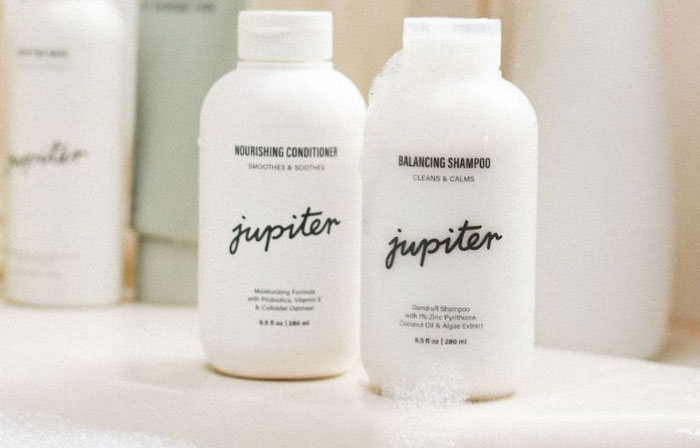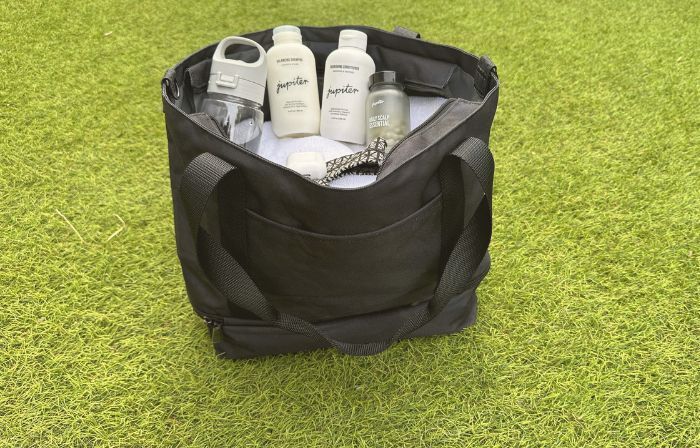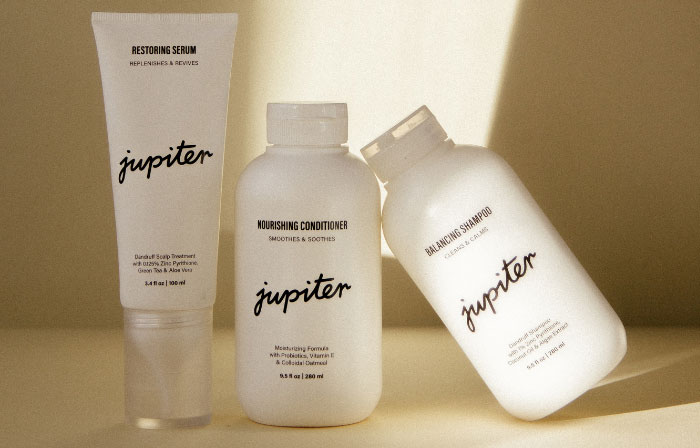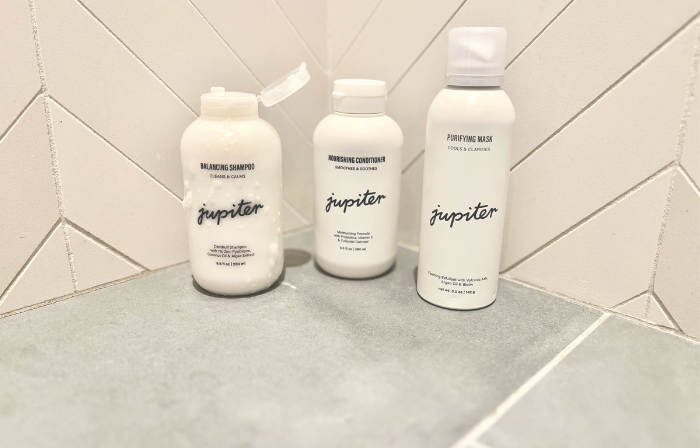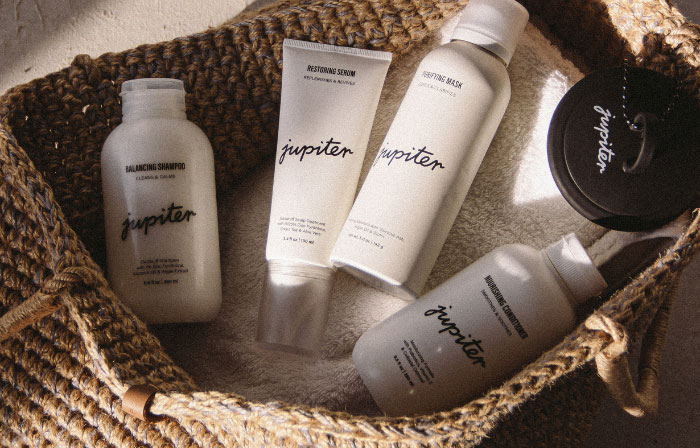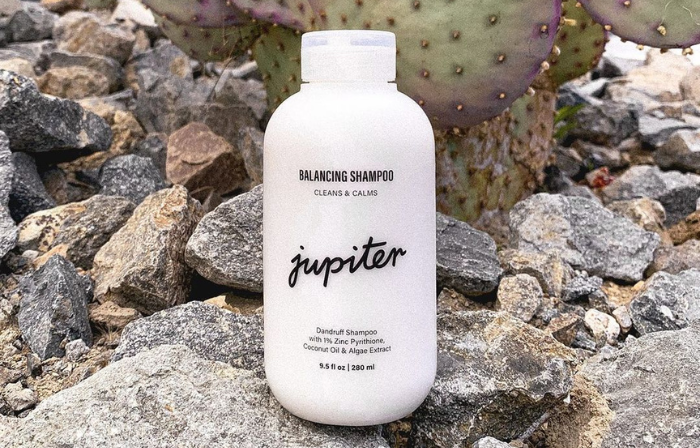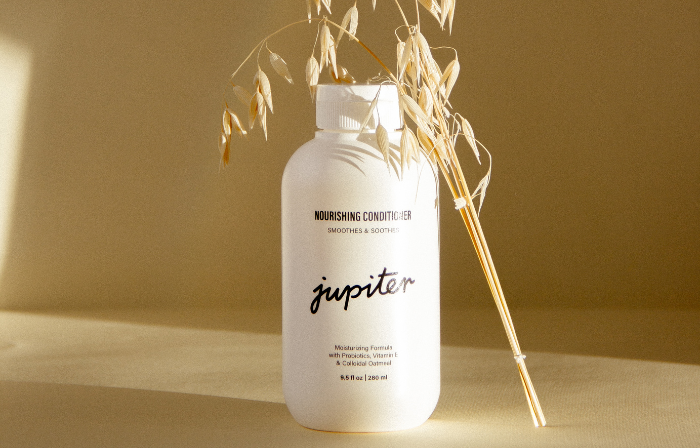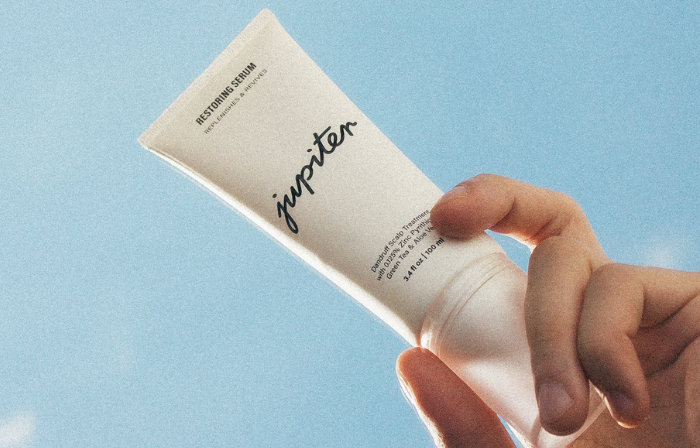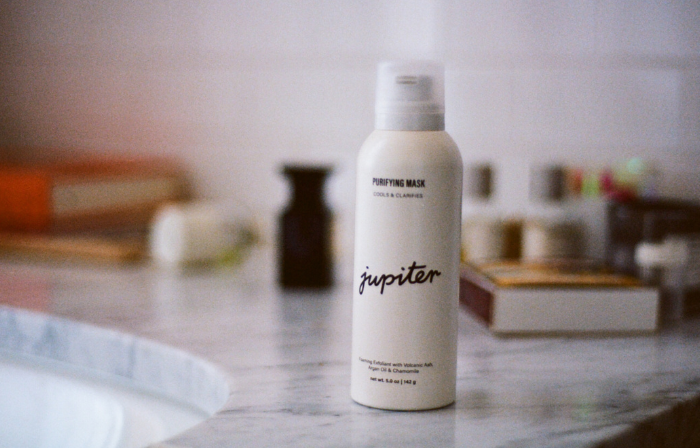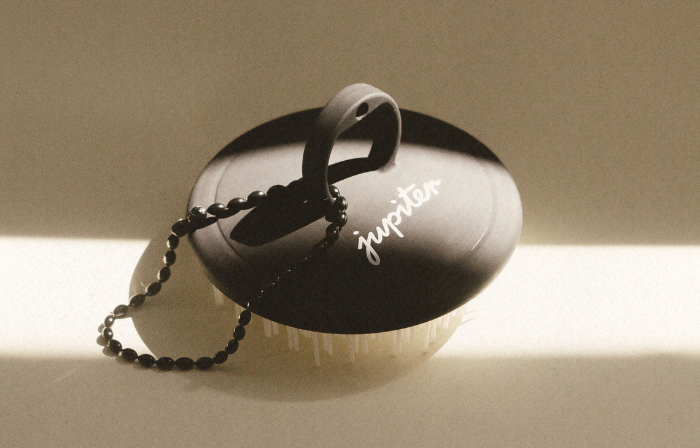When you choose a personal care product like a body wash, face cream, or shampoo, you’re looking for a formula that will help you, well, care for yourself. Ingredients that are risky or harmful shouldn’t even be in the running. And yet, phthalates just won’t go away.
Phthalates (pronounced “THA-lates”) are a category of chemicals found in a very wide range of cosmetic products. And you don’t have to learn much about them to realize they’re not something you want to use on your skin or hair. Today, we’ll look at 7 major reasons to drop your shampoo if it contains phthalates - plus how to identify them on an ingredient label, where they can be super sneaky.
But first let’s step back and find out what phthalates are and what they’re doing in your bathroom cabinet.
What Are Phthalates & Why Are They in Cosmetics?
Phthalates are a group of synthetic chemicals that are used to soften plastics and make them more flexible. They’ve been used in plastic food packaging, pesticides, children’s plastic toys, PVC (polyvinyl chloride) flooring (aka vinyl flooring) and other building materials, adhesives, plastic wrap, agricultural and medical tubing, car interiors, raincoats, and more. You know that distinct plastic smell in everything from a new car to a vinyl shower curtain? That’s the aroma of off-gassing phthalates.
Phthalates are also used in a variety of cosmetic and personal care products. As a “plasticizer” they can help make nail polish less brittle and more chip-resistant. Added to hairspray, they create a more flexible hold. In lotions and creams, they can help the product penetrate the skin. Phthalates are added to many other products as a lubricant or gelling agent. And they are typically mixed into synthetic fragrances used in a wide range of personal care products. (They’re also common in other fragranced products, like air fresheners.)
Depending on the particular chemical, phthalates can get into your body through skin absorption, digestion, or breathing in contaminated dust.
7 Reasons to Steer Clear of Phthalates
Human exposure to phthalates has been linked to a bunch of nasty health risks in animal studies and in human research. These adverse effects have led Europe and the UK to ban some phthalates in cosmetics. The US has banned some in children’s toys but the FDA still allows them in personal care products, like deodorant. However, even in the United States, phthalates that are generally banned include DBP, DIDP, BBP, and DINP.
Sampling studies have shown most Americans have some level of these chemicals in their bodies. Women have higher levels of the types of phthalates found in personal care products than men do. This suggests that the kinds of cosmetic products you use have a significant impact on your overall exposure to phthalates.
So what makes phthalates so risky for your health? Here are the top 7 reason to avoid these shady chemicals:
1. Phthalates Are Endocrine Disruptors
Endocrine disruption happens when the body misinterprets a chemical as a hormone. You might remember the controversy surrounding widespread BPA, or bisphenol A, in water bottles and baby bottles some years back. That was because BPA is a known endocrine disruptor. (The chemical was eventually banned in baby bottles and many reusable water bottles now advertise that they’re BPA-free.)
There are plenty of other chemicals that act as endocrine disruptors, however - and phthalates are some of the most common. Some phthalates are known to have estrogenic or anti-androgenic effects, meaning they act to enhance estrogen activity or reduce testosterone effects in the body. These effects can be especially harmful during early fetal development in the womb. Nursing mothers with high phthalate levels may also cause changes in hormone levels in their babies when they pass the phthalates to them through their breastmilk. Young children have also historically been exposed to phthalates in teethers and other toys.
In fact, from 2008 to 2017, the Consumer Product Safety Commission proposed successful legislation that set strict regulations on what phthalates would be allowed in children's products. Similar legislation has been put into place by Prop 65 in California. The CDC has established children as the highest risk category for phthalate exposure due to how commonly they put their hands and other objects in their mouths.
2. They Can Harm Male Fetal Development
The endocrine-disrupting effects of phthalates can be especially harmful to male babies. Male fetuses exposed to phthalates in the womb may produce less testosterone, which can interfere with normal male reproductive development.
3. They Are Linked to Reproductive Problems
Phthalates are known for their reproductive toxicity. High levels of phthalates in adult men and women have been linked to infertility. Phthalates can reduce levels of sex hormones that are needed to develop and maintain healthy reproductive systems. Di(2-ethylhexyl)phthalate (DEHP) is a type of phthalate that is commonly found in medical devices that has also been linked to cases of reproductive issues.
4. They Can Increase Risk For Asthma and Allergies
When pregnant women have high levels of phthalates in their bodies, their children can be more likely to develop asthma. Adults with high phthalate levels may also be more likely to have allergies, and phthalate exposure is also linked to the skin irritation of atopic dermatitis.
5. They Can Increase Cancer Risk
The US Environmental Protection Agency and the US Department of Health and Human Services have both deemed DEHP, a common phthalate, to be a likely human carcinogen, based on what is known from animal studies and other existing research. Another phthalate, DBP, can cause breast tumor cells to grow and can make some cancer treatments less effective.
6. They Are Linked to Obesity, Insulin Resistance, and Type 2 Diabetes
Research has shown that women with diabetes are more likely to have elevated phthalate levels. High phthalate levels have been linked to obesity in children and adults, as well as to insulin resistance.
7. They May Cause Lower IQs in Children
A study found that 7-year-olds whose mothers had had high levels of phthalates during their pregnancies had lower IQs than other kids. Other research has backed up a link between high phthalate levels and reduced cognitive function in school children.
Adults with high phthalate levels may also be more likely to have allergies, and phthalate exposure is also linked to the skin irritation of atopic dermatitis.
What to Look For on the Label
Convinced you should avoid phthalates and their potentially harmful effects?
To start, it’s vital to read ingredient labels. Ditch anything whose ingredients include diethyl phthalate (or DEP), dibutyl phthalate (or DBP), Di-2-ethylhexylphthalate (DEHP), dimethylphthalate (DMP) - generally any phrase ending in “phthalate.”
Some of these phthalates were more commonly used in cosmetic products in the past but have been gradually phased by the beauty industry due to increasing concerns about their health impacts. However, they’re still legal - and DEP is still widely used.
Unfortunately, because of loopholes in labelling laws, DEP is one of many chemicals that can be included in the catch-all term “fragrance” - and its presence in synthetic fragrance formulas is common.
Because the ingredient list may not make it obvious if phthalates are in a product or not, it’s also crucial to look for an explicit label note saying the product is phthalate free.
Dandruff and Scalp Care That Lets You Go Phthalate-Free
If you don’t think your dandruff and scalp care products should put your health at risk - well, we don’t either. That’s just one of the reasons Jupiter was created. We’re the first elevated dandruff and scalp care brand that kicks dangerous chemicals to the curb.
Our products contain no phthalates, synthetic fragrances, parabens, sulfates, or other harmful ingredients found in most dandruff shampoos. Instead, Jupiter's scalp care products rely on gentle, beautiful ingredients - like coconut oil, spearmint, and lavender essential oil - to make your hair and skin feel and smell great. And, Jupiter's dandruff care products are formulated with the flake-fighting active ingredient Zinc Pyrithione to remove unhealthy scalp buildup and banish flakes and itching.
Want to learn more about the healthy, spa-quality experience you can have while caring for your scalp at the same time? Learn more about Jupiter’s luxe hair and scalp care solutions.
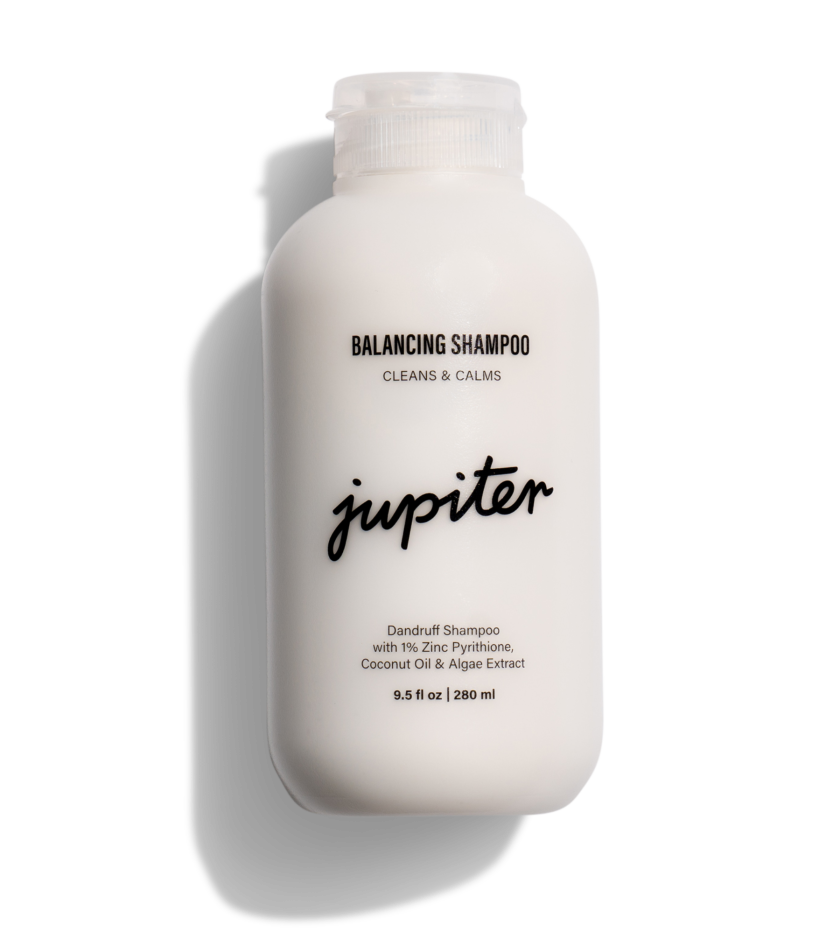
Meet our head honcho. This soothing multi-tasker gets to the root of flaking and irritation, thanks to our star active ingredient, Zinc Pyrithione. Backed by a lush aroma of mint, vanilla, rosemary, sage, tangerine, and lavender, it’s bound to elevate your mood, and your shower.
